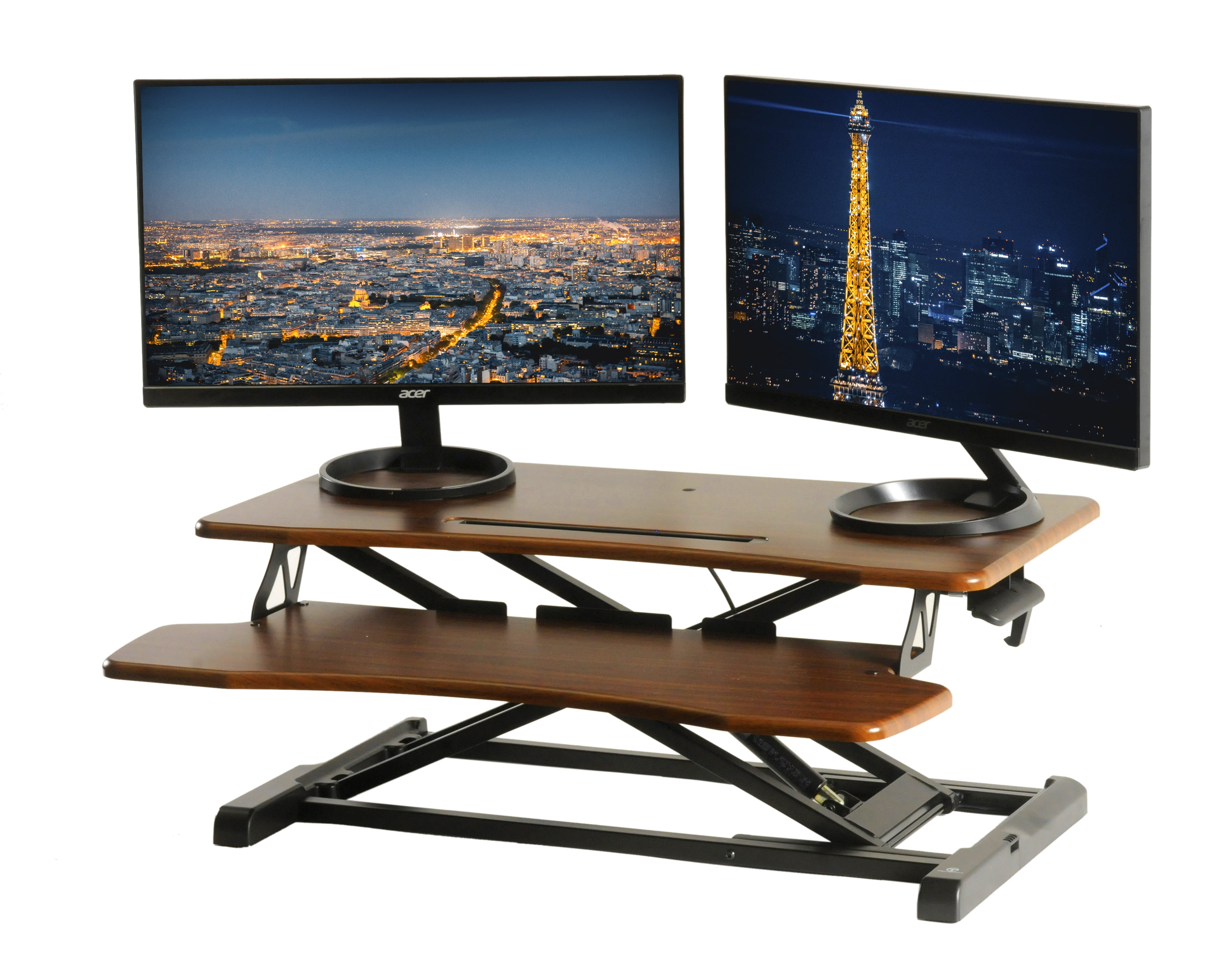Ergonomic Considerations for Standing Desk High Chairs: High Chair For Standing Desk

The burgeoning popularity of standing desks, while lauded for their purported health benefits, has inadvertently created a new ergonomic challenge: the need for appropriately designed seating for those who require or prefer intermittent sitting. Improper seating during periods of rest while using a standing desk can negate the positive effects of standing, leading to a host of musculoskeletal problems. The design of high chairs specifically for use at standing desks must therefore prioritize ergonomic principles to mitigate these risks.
Postural Support Features in Standing Desk High Chairs, High chair for standing desk
The ideal high chair for a standing desk should provide comprehensive postural support to maintain a neutral spine and minimize strain on the neck, back, and legs. This requires careful consideration of back support, seat height adjustability, and footrests. Inadequate support in any of these areas can lead to discomfort and potentially long-term injury. The following table compares three hypothetical chair designs, highlighting their respective strengths and weaknesses in these crucial ergonomic features.
| Feature | Design A | Design B | Design C |
|---|---|---|---|
| Back Support | Adjustable lumbar support, contoured backrest | Fixed backrest, minimal lumbar support | High backrest with adjustable height and angle |
| Seat Height Adjustability | Gas lift mechanism, wide range of adjustment | Fixed seat height | Hydraulic lift, precise height adjustment |
| Footrest | Adjustable footrest, wide platform | No footrest | Integrated adjustable footrest, padded surface |
Weight Distribution and Chair Design
Proper weight distribution is paramount for maintaining correct posture and preventing strain. A well-designed high chair facilitates even weight distribution across the seat and back, reducing pressure points and promoting blood circulation. Design A, for instance, with its contoured backrest and adjustable lumbar support, encourages this even weight distribution. In contrast, Design B, lacking adequate back support, forces the user to slump, leading to uneven weight distribution and potential spinal misalignment. The efficacy of weight distribution is directly tied to the chair’s ability to support the natural curves of the spine. A chair that fails to do so effectively places undue stress on specific spinal segments.
Negative Effects of Poor Ergonomic Design
Prolonged use of an unsuitable high chair at a standing desk can have significant negative consequences. Back pain, neck strain, and general fatigue are common complaints. These issues arise from prolonged postures that deviate from the neutral spine alignment. For example, a chair without adequate lumbar support forces the lower back to arch excessively, resulting in muscle strain and potential long-term damage to the intervertebral discs. Similarly, a chair with an improperly adjusted seat height can lead to hip and knee strain, while a lack of footrest promotes poor posture and circulation problems in the lower limbs. These ergonomic failures can lead to reduced productivity, absenteeism from work, and increased healthcare costs, all representing a significant societal burden.
